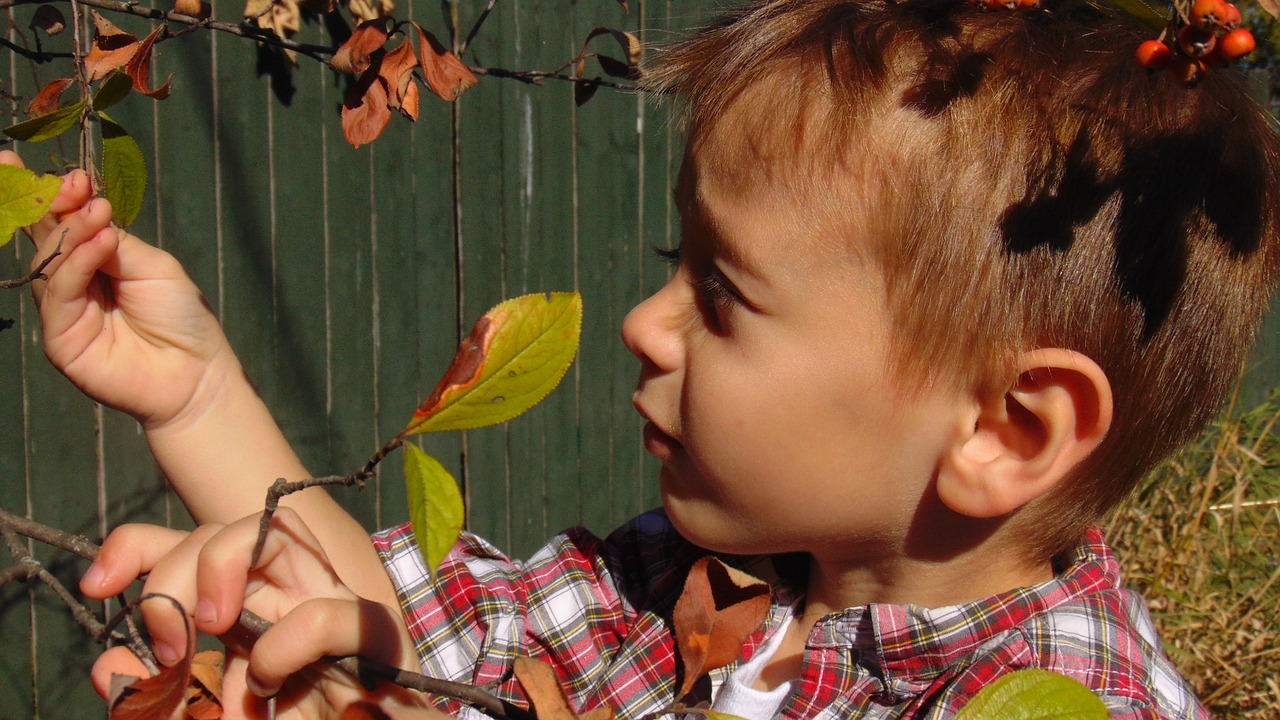
17 May, 2020 Simple Backyard Science Provides Learning and Fun
by Dr. Kathryn Knight
Show your kids God’s world through backyard science. Science is naturally a hands-on experience, and you can teach about God and His creation as you learn about science together. Use these ideas as a springboard to science for your family.
Explore backyard science
Go outside and collect flowers from your yard. Look closely in the grass; there might be tiny flowers hiding there! Dissect, label and display them. Or make a DIY flower press from cardboard and some printer paper tied tight with a shoestring. Fold printer paper in half and cut cardboard to match, then layer like a sandwich with cardboard, paper, flower, paper, cardboard. Tie it tight then let it dry for a week or two.
Zoology
Collect every stuffed animal in your house (I know there are a lot!) and sort them according to Kingdom, Phylum, etc. Forgot the classification system? Look it up and have your kids start sorting. Or name every animal you’ve ever petted. Or apply backyard science and see what creatures exist out there. Play charades. If you can, take a walk and observe the animals you see. Collect data and chart it when you get home (How many dogs vs cats did we see? What color dog was most frequent?). Look for minnows or tadpoles in a pond. Observe and sketch them.
Astronomy
Astronomy is a great way to practice backyard science! Go outside and use an app to learn the constellations’ names. Quiz each other on star names. See how many satellites you can spot. Then make a chart or poster. Better yet, let your child paint constellations on their ceiling or wall. Over the years, we have had constellations, Morse Code, modern art, and other creations painted on the walls. You can easily “undo” this with a little paint when you or your kids grow tired of their masterpieces.
Physics
We use physics all day and never know it. Look up some simple physics experiments and try them in your house or yard. Use a DIY catapult to see how far you can lob a stuffed animal, rubber chicken, or pumpkin. What physics principles were involved? Take a bike ride and discover physics principles in action (drag, friction, balance, etc). Make simple machines like a pulley or lever. You could make a seesaw for your kids and discover physics as you move the fulcrum or lengthen each side. Discover together and let your kids figure things out by experimenting.
Apply to real life
I try to add public speaking and presentation skills a lot in our school. These are life skills. Hold a family science fair and let your kids present their projects to your family after dinner one night. Everyone will be home, after all! All ages can participate, and everyone will learn as they use their creativity to make a project to present. Some kids may want to use a standard cardboard science fair board (thank you, Amazon, for all those delivery boxes), others may want to create something different. No two will be the same and no way is “the right way”. For example, one of my daughters made four different paper mache brains and painted them to show brain abnormalities. You can give awards or prizes for the best projects. And remember, not everyone needs to win a trophy. Competition is healthy and I think it makes kids try harder.
Enjoy science in you home or backyard with your kids this spring and summer. Let them do lots of experiments and create things, even messes. You will all enjoy seeing God’s creation as you explore it through science.
Dr. Kathryn Knight is a 20+ year homeschool veteran who has graduated three of her five children.
Kathryn loves to find creative ways to make learning hands-on so brain synapses connect and her kids enjoy school and remember what they’ve learned.





No Comments